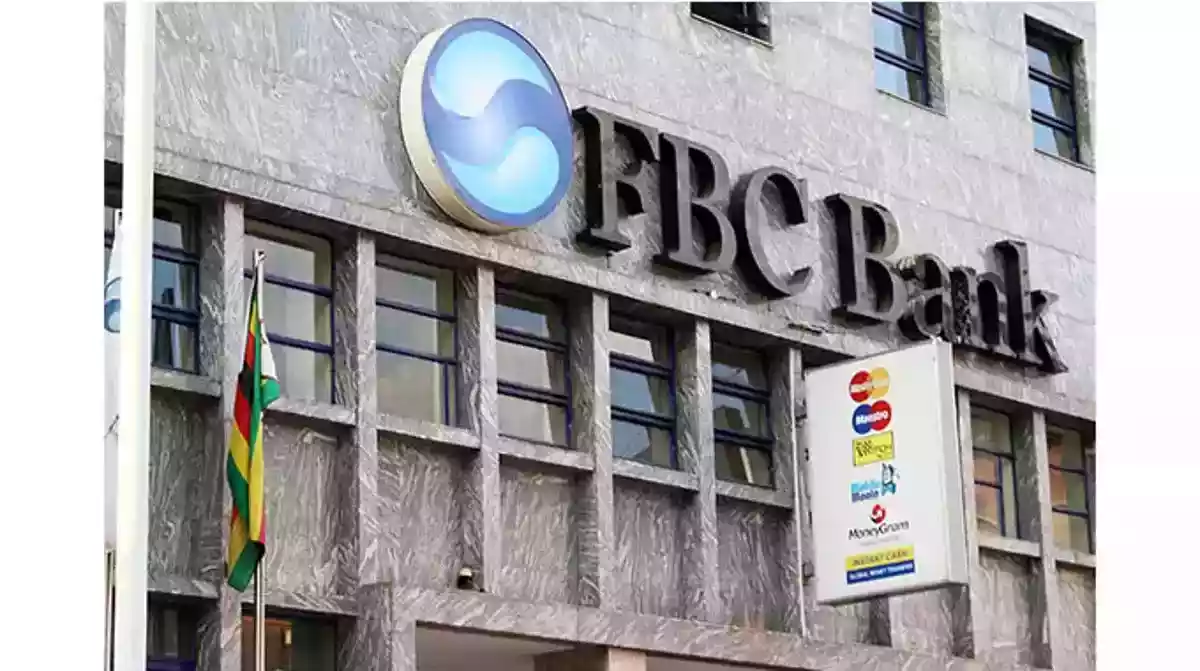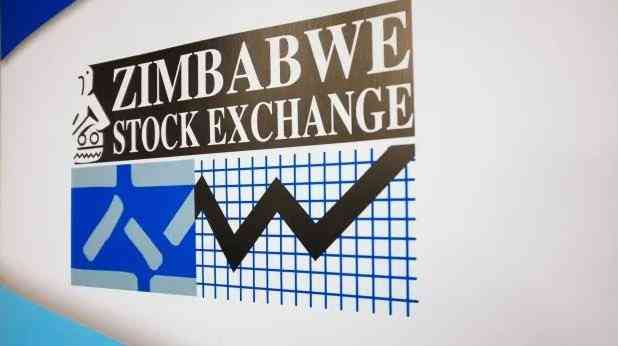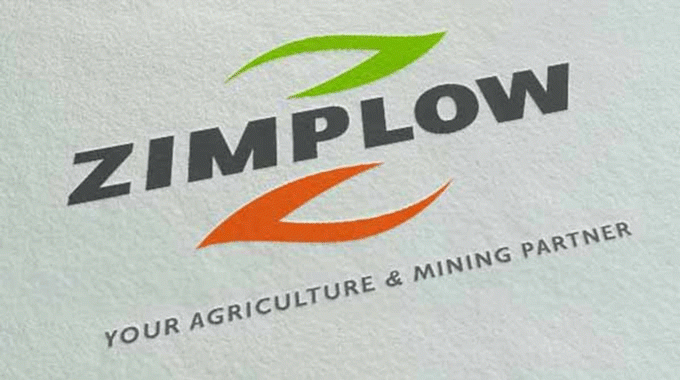
IT is commonly remarked that supply chain professionals plan in the perfect world, but execution often happens in the real world.
In the real world, supply chains are operating in an environment that is pregnant with uncertainties. The only known constant in today’s world is relentless change.
The illusion of a perfect and stable supply chain network will continue to be ripped apart by black swan events. They are at a historic high. Previous black swan events have offered teaching moments to supply chain professionals.
Despite the said teaching moments, supply chain professionals will continue to experience supply chain ecosystems that are always in a state of flux and highly unpredictable.
The fluid business environment is further complicated by today’s customers who seem to value instant gratification at all times. We continue to witness the emergence of a time sensitive consumer. The amazon effect is upon every customer.
The need-it-now mentality is pervasive everywhere you go. Customers are wired towards an order-to-delivery mentality of now or never. Supply chains are therefore witnessing progression towards time-based competition.
There is an alarming thirst for immediate use of products at short notice. Today, consumer demands are sky-high. They will remain sky-high. Supply chains are being called to action to operate at that sky-high level.
The court of public opinion will judge you harshly should your supply chain fail to operate at the optimum level. Social media has given consumers the power to mete out instant justice to those who fail, all to a limitless audience.
- What if nations fail on climate change adaptation?
- Emotional intelligence imperative in supply chain management (II)
- Cost to serve analysis: The holy grail of profitability (I)
- Cost to serve analysis: The holy grail of profitability (11)
Keep Reading
Supply chain visibility has therefore been hailed as one of the best rewarding realities to mitigate the effects of supply chain failures. This strategy has significantly ascended in ranks as one of the most critical success factors in the last couple of years.
As supply chains continue to shape the dynamics of world trade for many years to come, it is important to prioritise supply chain visibility by giving it the attention it deserves.
It has been demonstrated with unprecedented clarity that the supply chain landscape will remain a known unknown. There is need for supply chain professionals to understand the continual flux of the global trading environment, which calls into action the need for visibility and agility.
Supply chain visibility could easily hold supply chain professionals in good stead as we continue to trade into the known unknown vagaries of world trade.
The need for an organisation’s supply chain to achieve real-time visibility is a compelling one. The level of supply chain visibility in the business has got the potential to either spell success or failure, especially where the supply chain network heavily relies on downstream and upstream supply chain partners.
The supply chain network is ordinarily composed of various touchpoints which could be multi-enterprise, multi-tier, multi-modal and or multi-directional in product flows.
The supply chain business environment is also characterised by extreme weather conditions and or social and political unrests, factors that can easily disrupt the smooth movement of cargo. Supply chain visibility is therefore just as good as product availability.
The question we may more profitably ask is whether supply chain visibility adds value. Yes, it does. In a big way. Supply chain visibility can be relied upon for the enhancement of internal business processes.
Benefits associated with this concept include superior visibility into the entire supply chain which enables seamless collaboration with other functional areas, partners and suppliers.
Supply chain visibility will give supply chain practitioners greater control, better ability to respond to customer demands, reduce potentially high operational costs while putting the business in a vantage position to minimise risks.
It can also assist in identifying employee inefficiencies, enabling management to take course correction measures before it gets out of hand.
Supply chain visibility has also been associated with the benefit of providing access to vital information instantly, which enhances process efficiency making it easy for supply chain partners to view blind spots. This will allow improved responsiveness to customer requirements when so required.
Supply chain visibility is also associated with many other benefits such as the optimisation of logistics and transportation efficiency enabling agility and resilience, boosting customer satisfaction, lowering risk and enhancing compliance in the chain.
Visibility in the supply chain will also improve efficiency of end-to-end business processes, reducing operational dark spots, bringing more complete understanding of customer needs and reduction in data inaccuracies.
With visibility, there will be fewer product stockouts, effective inventory positioning, better cargo tracking, more on-time and in-full deliveries as well as seamless order deliveries.
Benefits such as shorter cycle times, improved worker efficiency and productivity as well as the availability of precise data to make smarter business decisions will help to make the supply chain robust and resilient.
Visibility in the supply chain will also give procurement professionals track and trace capabilities to monitor the movement of goods and services as they move through the chain.
They will also take comfort in the knowledge that they will be able to trace their raw materials and packaging materials both backwards and forwards.
The node to node or door to door or origin to destination tracking capabilities will allow supply chain professionals to give proactive shipment status updates in real time as products and information move through the value chain.
This will allow customers to know in real time the location and position of their cargo, making procurement planning much easier. Supply chain visibility will therefore provide a contextual insight into how upstream and downstream product flows may affect the whole supply chain ecosystem.
The so-much talked about visibility will also enhance all partners within the value chain to have greater control of inventory by allowing supply chain practitioners to confidently turn-on and turn-off the material flow of inventory supply lines.
By so doing, real time information flow can actually be used as a substitute to inventory.
Failure to have forward-looking inventory visibility into the supply chain network will inevitably result in increased inventory levels at different touch points.
Inventory is meant to match and mirror the demand requirements of its customers. Supply chain visibility promotes inventory predictability which is the hallmark of consistent lead times.
Real-time insights on product availability enables the business to keep accurate tabs on the flow of adequate raw materials or finished goods thereby promoting shorter delivery cycles.
Visibility is also important to take care of potential supply chain disruptions. The speed and scale of disruption can be minimised where real-time information is relied upon to provide event based early warnings, taking the necessary pre-emptive steps to pivot quickly and flex to solve potential disruptions in good time.
Should something go wrong, as it inevitably will, supply chain professionals will be in a position to flag the problem with ease. It will assist the recovery plans to move in step with the challenges.
It will allow the swift initiation of a business continuity plan to stay on track and in line. In an already fractured global supply chain, it gives supply chain professionals a vantage point to take corrective actions.
The tightening noose of government regulations can also subject the entire systemic supply chain balance on toss.
The supply chain is subjected to varying tariffs, trade agreements and varied government regulations across different international markets.
Supply chain visibility will, therefore, give organisations an opportunity to monitor in real time issues to do with tariffs, customs regulations as well as environmental, social and governance costs from their supply chains.
The organisation’s greenhouse gas emissions are resident in supply chains. Potential human rights abuses are resident in supply chains. As ethical business standards heighten in significance, suppliers are critical for safeguarding the image and reputation of the business.
It would appear issues of transparency around product origin and sustainability are now key as well.
Supply chains will find it easy to keep in step with the ever-changing regulatory business environment where there is supply chain visibility.
Reputational risk can easily keep all organisations on the edge, especially where they try to manage the risks manually. Supply chain visibility will significantly limit risky business practices to slip through the cracks of the supply chain network.
Final thoughts
The more moving parts there are in a supply chain, the more supply chain visibility is required. It is a long-ignored reality that supply chain visibility is table stakes in today’s business environment.
But as we all know, there are no shortages of headline stories on black swan events. The pressure for supply chain visibility has never been this high — and will only continue to intensify in large measure.
Supply chain professionals are working under increasing strain. Business as usual will never be usual. The supply chain is a big crowd. Supply chain professionals can only stand out from the crowd by continuously juggling balls in the air.
Without end-to-end supply chain visibility, one or more of those balls may be dropped.
Supply chain visibility will, therefore, enable the supply chain ecosystem to connect the dots. And the dots must remain connected. But that requires visibility throughout the supply chain ecosystem.
Supply chain professionals have a huge responsibility to bring their supply chains closer to a connected and smart future. It is no wonder the rest of the world has also taken notice and continues to support supply chain visibility through various initiatives.
In the grand scheme of things, such initiatives will constitute subtle ways of maintaining a firm grip on the supply chain landscape taking a proactive approach with predictive visibility.
With supply chain visibility, increased value is within reach due to the creation of a dynamic single source of truth for use by all supply chain partners. This will assist in the creation of a clear line of sight. Thought leaders in procurement cannot fix what they do not see.
Visibility will take cost and time out of the supply chain with relative ease. Supply chains compete not so much through what they do but through how they do it.
How the supply chains deliver is just as important as what they deliver. Supply chain professionals must remember that excellence in anything increases their potential in everything.
- Nyika is a supply chain practitioner based in Harare. — charlesnyika70@gmail.com










